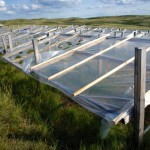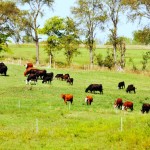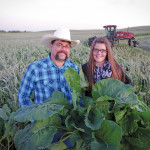Fast and hard? Slow and easy? And how many animals per acre? Stocking and defoliation rates are a complex and even controversial issue, and depend a lot on the weather. Climate change could make them even more complex. To get a better idea on how producers should respond, Edward Bork and a team from the […] Read more











